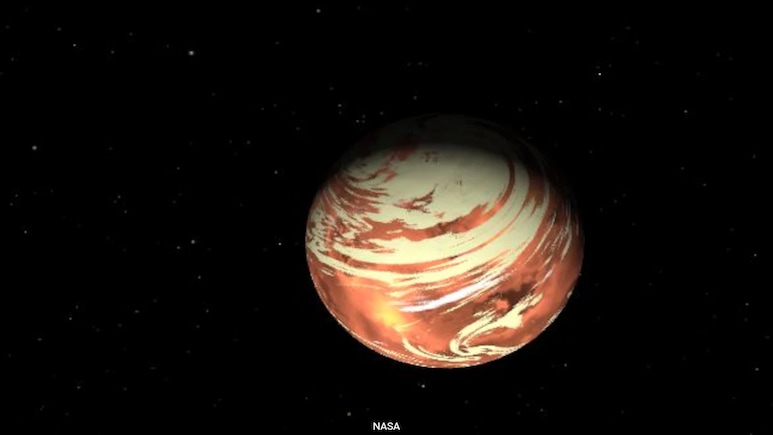
Astronomers may be on the verge of one of the most extraordinary discoveries in history: the detection of possible life beyond our solar system. Using the James Webb Space Telescope (JWST), researchers have detected chemical traces in the atmosphere of a distant world known as K2-18b, a planet nearly 124 light years away. The telescope identified dimethyl sulphide (DMS) and dimethyl disulphide (DMDS), gases that on Earth are almost exclusively produced by living microbes such as algae.
K2-18b, about 2.5 times the size of Earth, sits in its star's "habitable zone", the orbital distance where liquid water could exist at the surface. That, combined with the detection of these gases, suggests the possibility that the planet could host a thriving biosphere, perhaps even global oceans.
"This is the strongest evidence yet there is possibly life out there. I can realistically say that we can confirm this signal within one to two years," said Professor Nikku Madhusudhan, an astrophysicist from Cambridge University leading the study. He noted the team detected concentrations of the gases thousands of times higher than those found on Earth, raising the tantalising possibility of an alien ocean teeming with microbial life.
However, scientists are urging caution. The findings don't amount to a confirmed discovery of life yet. Other research groups have reanalysed Webb's data and argue there is no firm statistical proof of DMS. "It's a step in the right direction, but not definitive," said Dr David Clements, an astrophysicist at Imperial College London.
To officially declare evidence of life, researchers would need near-absolute certainty, about 99.99999% confidence, also known as the "five sigma threshold". For now, the observed signals are intriguing hints rather than concrete proof.
Further JWST observations in the coming months should help resolve the debate. As Madhusudhan put it, "We may be able to confirm this signal within one to two years." If confirmed, it would be one of the most groundbreaking scientific moments in human history, showing that life is not rare but perhaps common across the cosmos.
Track Latest News Live on NDTV.com and get news updates from India and around the world

